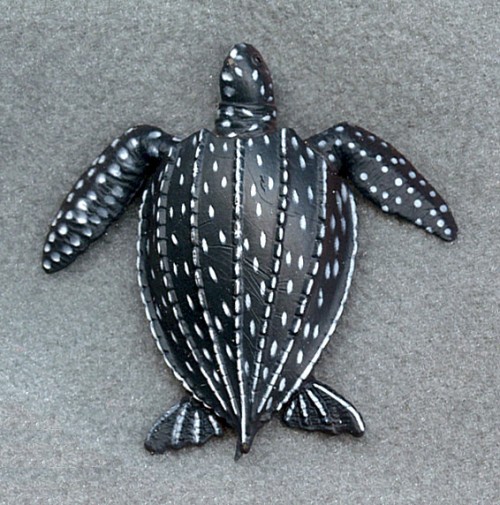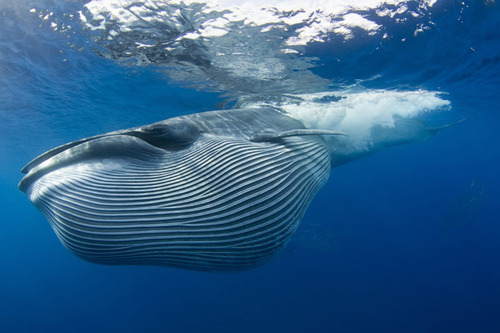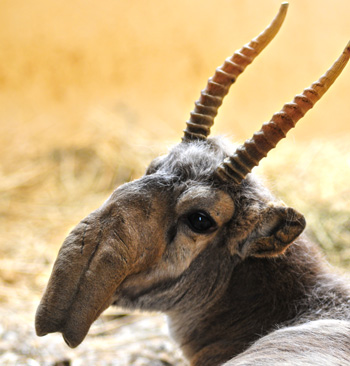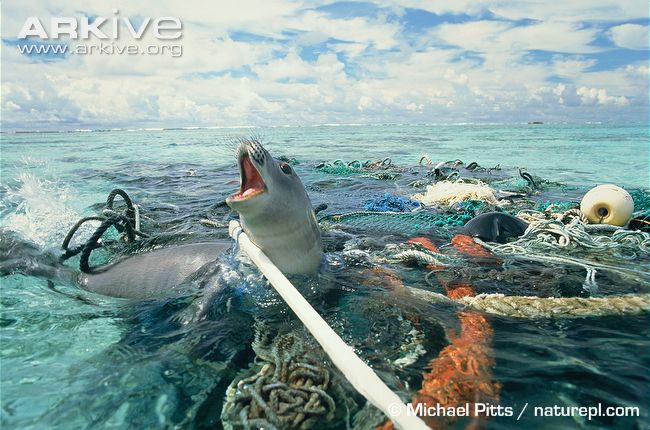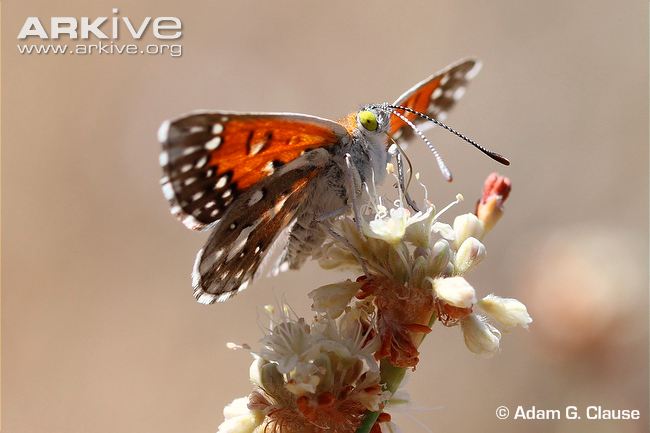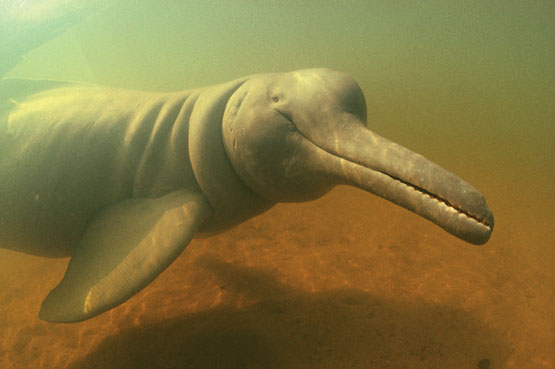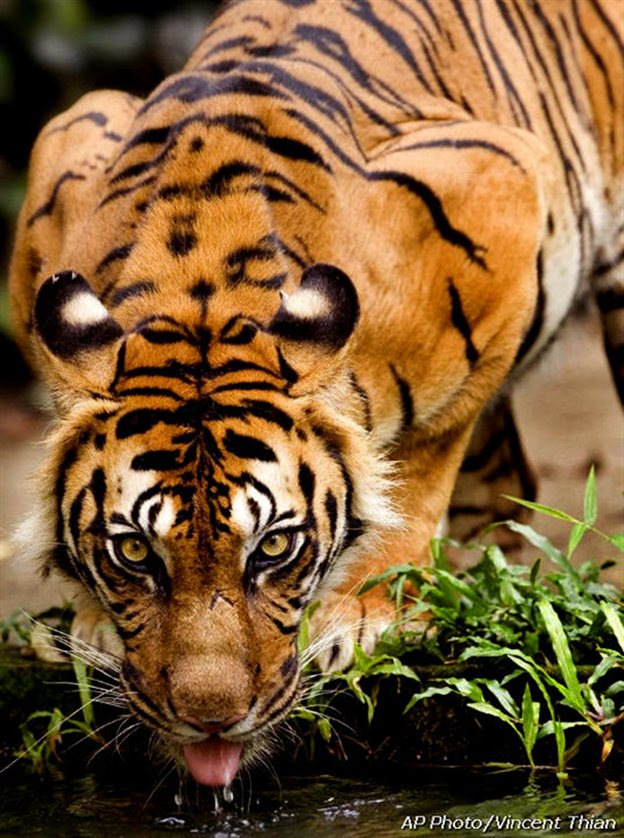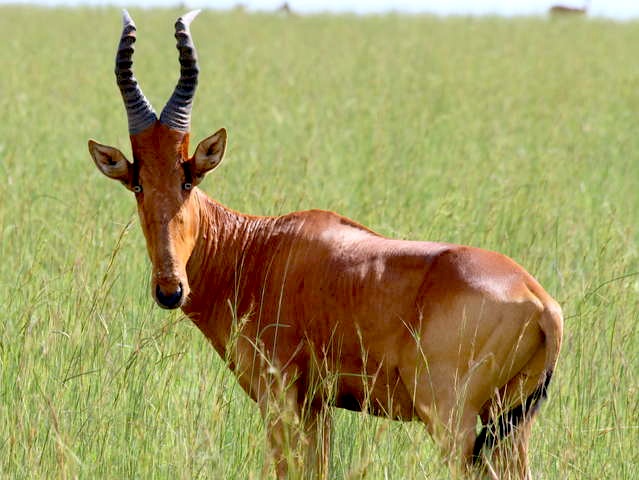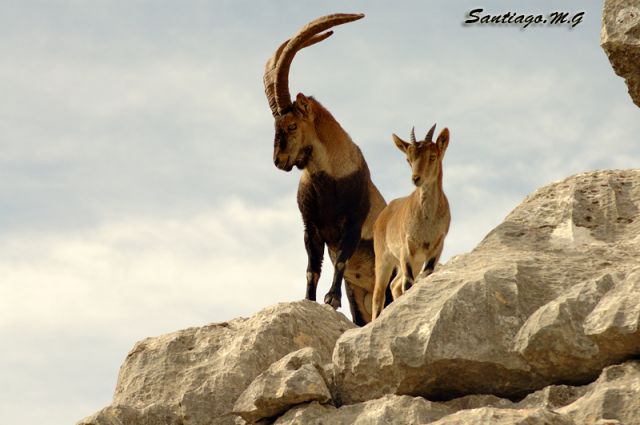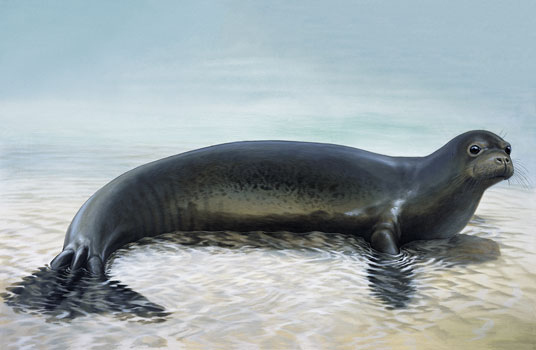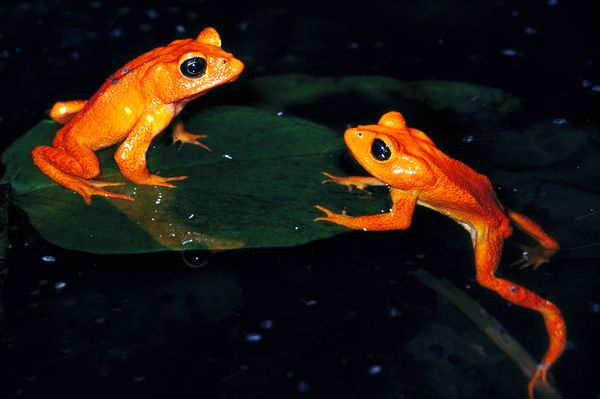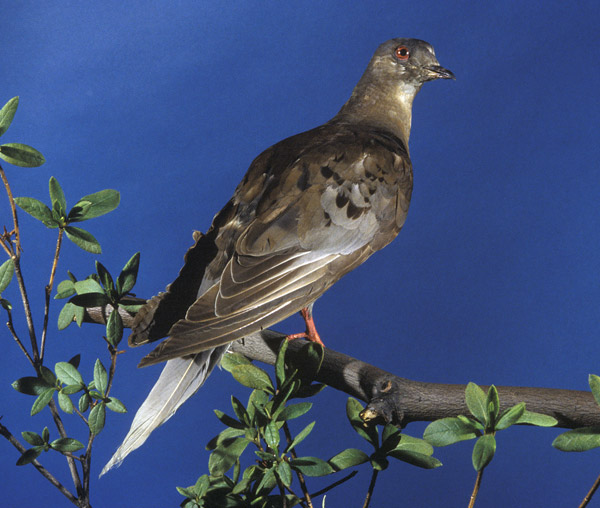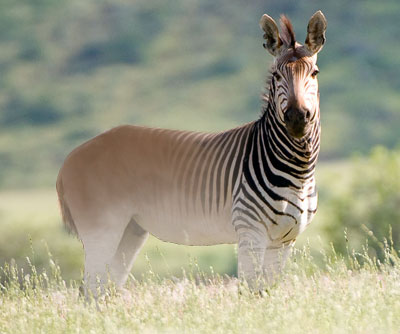Humanity is the cause of 99.9% of all global animal extinctions, and this will claim 30-50% of all species by 2050.
‘120 out of the 160 living primate species will be extinct in the next 10-20 years.’ (Film: The Lorax, 2012)
Population decreases: (Film: Call of Life: Facing the Mass Extinction Species Alliance (2005))
1. Land animals (such as elephants): populations down 28% since 1970.
2. Marine birds: populations down 30% since 1995.
3. Big ocean fish (such as blue fin tuna): populations down 90% since 1950.
4. Freshwater fish (such as trout): populations down 50% since 1987.
5. Marine animals (such as starfish): populations down 28% since 1970.
6. Songbirds: populations down 50% since1965.
The following is a list of NEAR EXTINCT SPECIES due to various human-related activities:
1. JAVAN RHINOCEROS
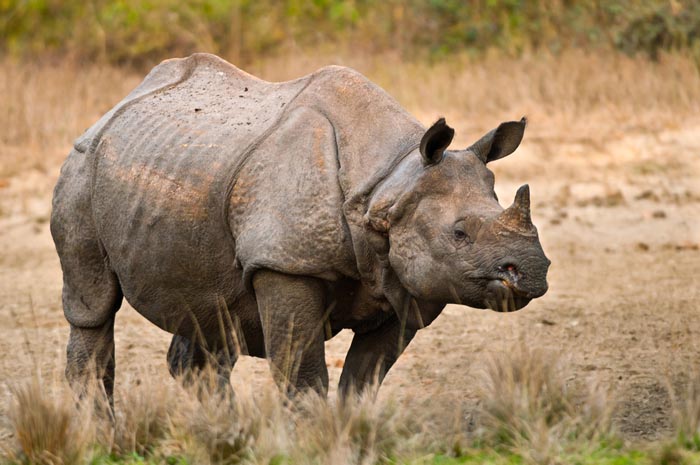
Photographer: Unknown. Source: canstockphoto.com
Native in: Indonesia and Vietnam
Number remaining: fewer than 60, as they are hunted to extinction. The last remaining herds are now known to live in Ujung Kulon National Park in Indonesia.
Perhaps the planet’s rarest large mammal. Its horn is prized by poachers, and its forests are prized by developers. Both could spell doom for the species.
.
2. CROSS RIVER GORILLA

Photographer: Unknown. Source: WWF
Native in: Nigeria and Cameroon
Number remaining: 250-300 in the wild
Thought to be extinct in the 1980s partly due to an Ebola virus, the species is on a Critically Endangered list. Unusual for animals, these gorillas are thought to be able to feel the human threat to their existence and are trying to fight against it.
Hunted for bush meat and crowded out by development, it may not last long.
.
3. SIBERIAN TIGER (AMUR TIGER)
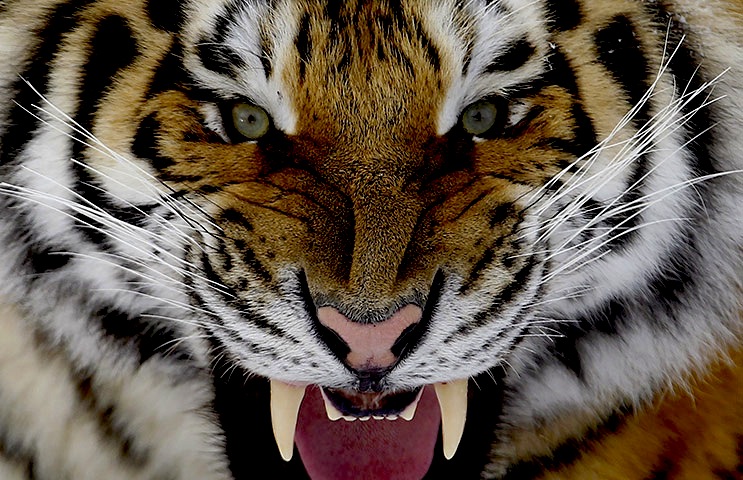
Photo: Reuters.
Native in the Russian Far East and Eastern Manchuria.
Number remaining: 330-390.
This is the largest big cat in the world and it lives in the isolated snowy forests of Russia, in a 1000-km range.
Illegal hunting, tiger farming, domestic trade and lack of conservation laws lead to their demise mid-20th century.
Since 2005, intense conservation efforts focused on keeping up the breeding effort, which has helped their population stabilize. However, due to low genetic diversity, their numbers will not grow, which puts them in the Critically Endangered category.
Moreover, their numbers are declining due to loss of habitat as a result of poaching, logging and illegal deforestation, land development and road expansion.
.
4. LEATHERBACK TURTLE
Inhabiting: tropical and subtropical range, globally. Subject to differing conservation laws in various countries.
Worlds largest turtle. Their numbers are dropping at an alarming rate directly as they are being caught for their meat by subsistence fisheries or due to humans raiding their nests or taking eggs that they lay on beaches.
Another cause for their endangerment is plastic pollutions and garbage floating in the ocean — which they mistake for jellyfish. An estimated 1/3 of Leatherbacks have ingested plastic. Other marine life also suffer from plastic pollution and oceanic rubbish.
.
5. NORTHERN RIGHT WHALE (BALEEN WHALE)
Native in: The North Atlantic.
Number remaining: approximately 350.
High mortality since the 1970s. These species may already be functionally extinct as they face very slow recovery from vessel strikes and entanglement.
With a small population and low annual reproductive rate to begin with, they are further endangered by whaling, bycatch and getting hit by passing ships. Moreover, due to global climate change they are propelled to migrate due to warming oceans and ocean currents, which is also affecting their food sources.
.
6. POLAR BEAR
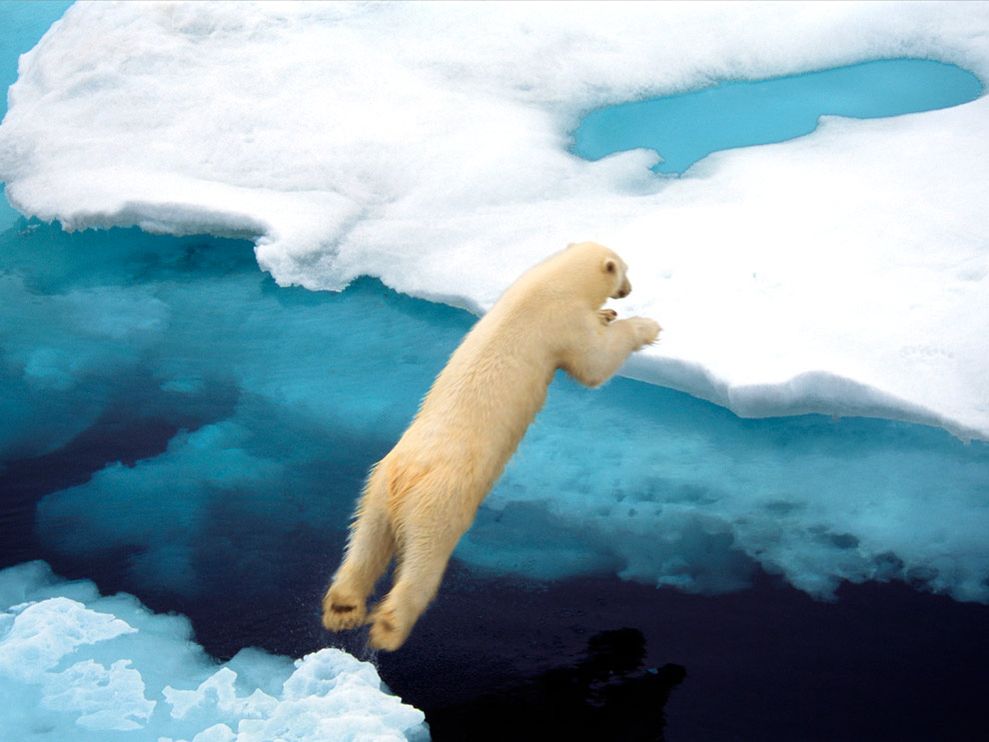
By: Ralph Lee Hopkins. Source: nationalgeographic.com
Native in: The circumpolar Arctic
The world’s largest bear. Occupies a narrow ecological niche, as it is adapted to cold temperatures, snow, ice and open water, where it lives and hunts. It spends most of its time in the water, and is thus known as the ‘maritime bear’.
Classified as vulnerable species: by now, at least 5 of the 19 polar bear populations is extinct and it is expected that by 2050 two-thirds of the world’s polar bear population will have disappeared.
Human development and poaching have long threatened the polar bear, but climate change and global warming melting ice caps and leading to the loss of sea ice are now pushing it onto the critical list, as well as inhabiting their hunting for food (mainly seals).
Pollution from shipping (passenger and cargo) is another known threat.
They are the dominant species in the Arctic marine system.
.
7. GRIZZLY BEAR
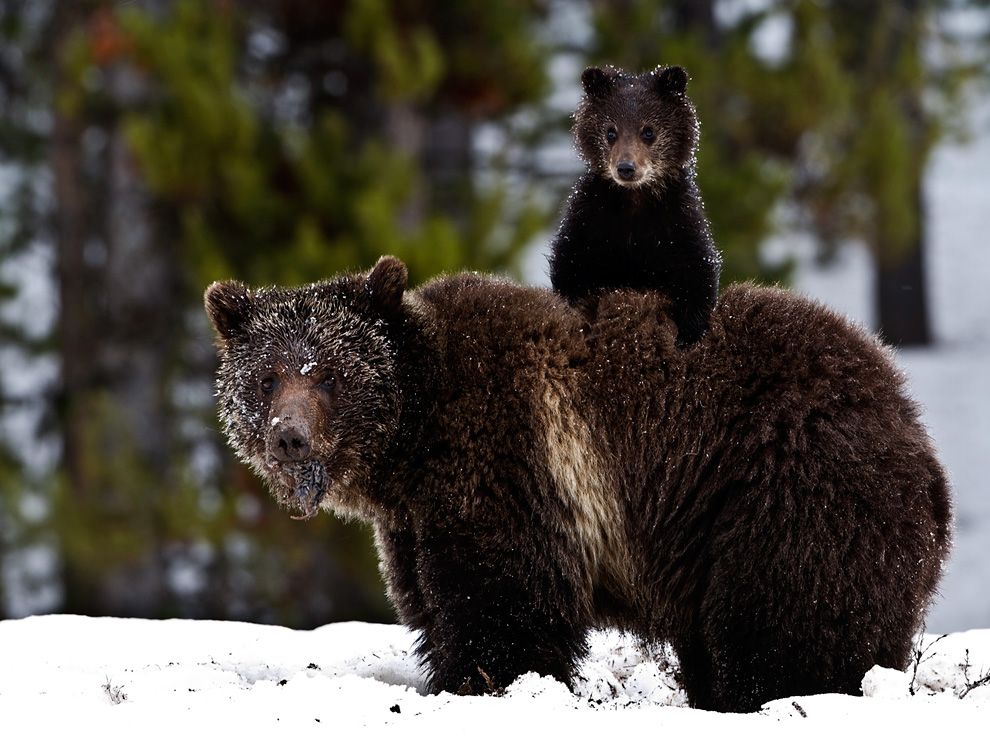
By: Trish Carney. Source: nationalgeographic.com
Native in: North America, north-western US, Canada and Alaska, increasingly moving northward and disappearing from southern US states.
Dropping from a population of 100,000 two hundred years ago to an estimated 1,100 today, the Grizzly’s numbers and range are drastically shrinking.
This is due to habitat destruction as a result of land developments, road expansions, railroads, logging and rampant deforestation. Being hunted by humans contributes further to their declining numbers. Moreover, their own food supply is decreasing, as the species they depend on are also being hunted or are disappearing for the same reasons, mainly due to human activity, such as overconsumption of wild fish, particularly salmon) and water pollution.
.
8. BELUGA WHALE (WHITE WHALE)
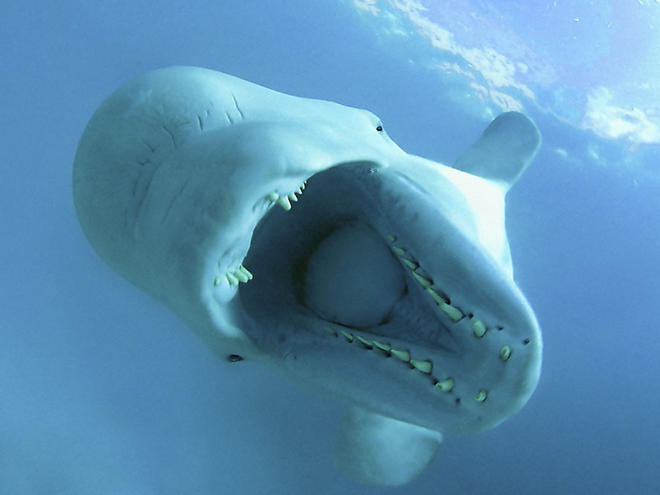
Photo: Andrey Nekrasov. Source: WWF-Canon
Native in: Arctic, sub-Arctic (Canada, Alaska, Greenland, Russia)
The native peoples of North America and Russia have hunted belugas commercially during the 19th century and part of the 20th century. Whale hunting has been under international control since 1973. Other threats include natural predators (polar bears and killer whales), contamination of rivers, and infectious diseases.
Their numbers declined from 1,300 in the 1980s, to approximately 300 today that live in the upper Cook Inlet in Alaska, and eastern Hudson Bay and Ungava Bay in Canada.
Hunting, predation, nature and ocean contamination, entrapment in ice, and various pathogens are all known threats to these species.
.
9. SAIGA ANTELOPE
Native in: Eurasian Steppe
Native to the foothills of Carpathian mountains, Caucasus, Dzungaria, and Mongolia, it is now found only in Russia and Kazahstan. It is already extinct in Mongolia.
The number of these antelope has declined from 1 million in 1993 to to less that 50,000 in 2003.
Various organizations and initiatives, namely Rewilding Europe and Wildlife Conservation Network intensified conservation efforts, as well as pushed for strict laws on hunting and distribution for its horns, traditionally used in Chinese medicine.
.
10. SUMATRAN TIGER
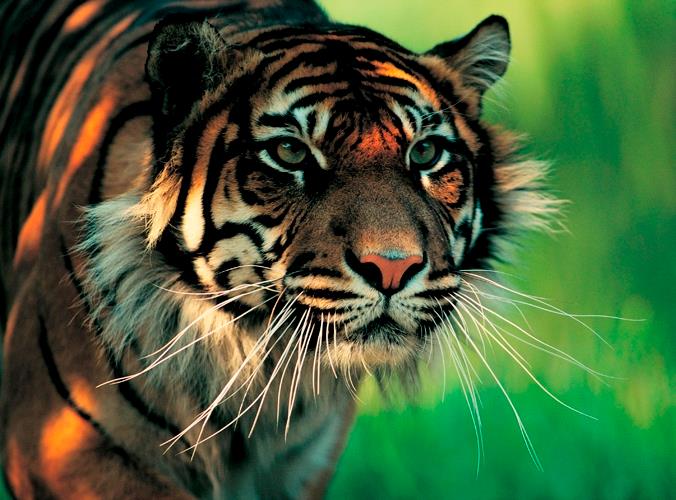
Photographer: unknown. Source: projectsumatrantiger.com
Native in: island of Sumatra, Indonesia
This small tiger has lived only in Sumatra for a million years. Critically endangered since 2008, only 440-650 animals are thought to remain. Most survivors dwell in reserves, but about 100 live beyond the borders of the protected areas.
It belongs to the same group of species as the Bali tiger and the Javan tiger, both of which are already extinct.
Although its range of habitat is diverse, and it is able to live and hunt at sea level as well as at high elevation, it finds it hard to escape the rampant human expansion.
Due to poaching, habitat destruction on account of oil palm plantations and planting of acacia plantations, as well as unregulated conservation measures and illegal trade their numbers are rapidly declining.
.
11. RASO LARK (SKYLARK)
Believed to remain only in Cape Verde island off coast of Senegal, its remoteness is contributing to the species’ stumped progress.
The tiny population size, last thought to be ~150 birds, coupled with the highly skewed sex ratio (around 2 males to each female) make this species one of real concern. The reproductive success of the birds is very low, probably due to predation by the near-endemic Cape Verde giant gecko.
Moreover, the barren island suffers from drought often which create dry plains forcing the Raso Larks to move amongst the island in search for food.
.
12. FLORIDA PANTHER (COUGAR, PUMA)

Photo: Dan Bodenstein. Source: fotopedia.com
This population, the only unequivocal cougar representative in the eastern United States, currently occupies 5% of its historic range.
In 1967, this panther was listed as an endangered species due to habitat destruction as a result of urban sprawl.
As of 2011, there are only 100-129 of these animals left.
This animal has a natural predator, the alligator. Humans also threaten it through poaching and wildlife control measures. Besides predation, the biggest threat to their survival is human encroachment. Historical persecution reduced this wide-ranging, large carnivore to a small area of south Florida, creating a tiny isolated population that became inbred.
.
13. GOLDEN-HEADED LANGUR
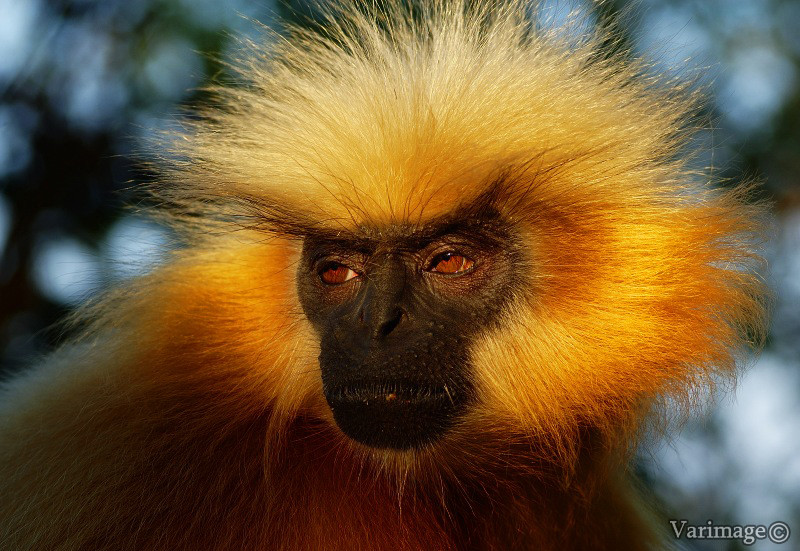
Source: yathin.com
Native in: Vietnam and China.
Number remaining: fewer than 70, among the rarest primates in the world, and possibly the rarest primate in Asia.
All but wiped out, their numbers declined by 80% over the last three generations. It is still in grave danger, but in 2003 its numbers rose for the first time in decades due to intense conservation efforts and activities focused on repopulation and habitat restoration.
.
14. HAWAIIAN MONK SEAL
Native in: Hawaii.
There are less than 1,000 across the islands of Hawaii.
One of two remaining monk seal species; the other is the Mediterranean monk seal. A third species, the Caribbean monk seal, is already extinct.
These seals reside far away from humans, yet their numbers are dropping. To begin with, they have very low levels of genetic variation and low annual reproduction rate, increased male aggression, and subsequent skewed gender ratios. They are conservation reliant species, being highly threatened by human encroachment. It is illegal to kill, capture or harass a Hawaiian monk seal.
Even with these protections, human activity along Hawaii’s fragile coastlines (and in the world at large) still provides many stressors such as reduction of habitat/prey associated with environmental changes and due to starvation and marine debris entanglement.
.
15. LANGE’S METALMARK BUTTERFLY
Native in: North America, endemic to California, esp. San Francisco Bay Area.
Their numbers dramatically dropped from 250,000 to merely 45 as they began to experience a dramatic change as human development expanded.
Large-scale sand mining and industrial development fragmented the sand dune habitat until only a small portion of the original ecosystem remained.
Sources: IUCN Red List, WWF, CITES, Earth Institute, BBC News, and Time Magazine.
There are, however, even more species which the current generation haven’t witnessed.
.
~~
.
RECENTLY EXTINCT ANIMALS
.
1. BAIJI RIVER DOLPHIN
Native in: China
Extinct since early 2000s.
As China industrialized and made heavy use of the river for fishing, transportation, and hydroelectricity, its economical development put pressure on the river dolphin grew significantly. Industrial and residential waste flowed into the Yangtze. Failure to launch effective conservation measures and increased economic activities lead the dolphin to be declared functionally extinct in a 2006 expedition.
.
2. TECOPA PUPFISH
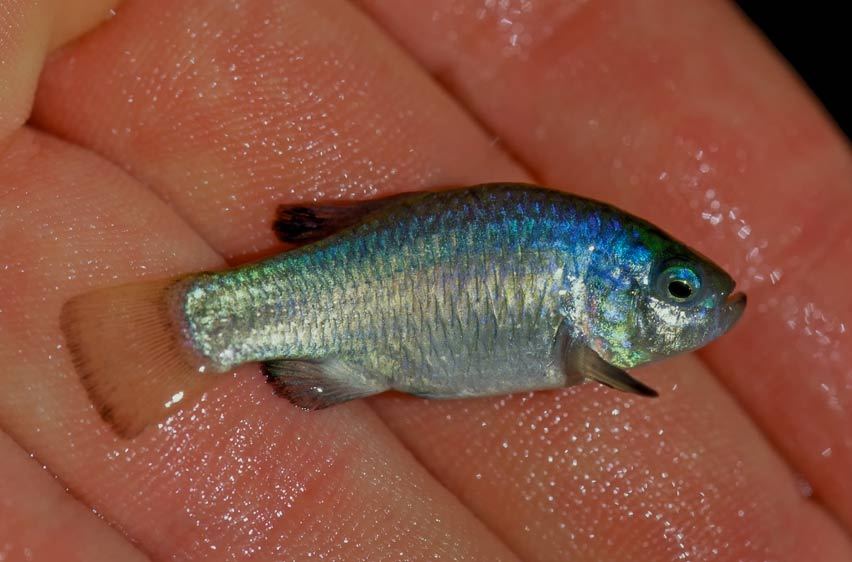
Source: robinsilverphoto.com
Native in: Mojave Desert, Inyo Country, California, USA.
Extinct since: 1981
The popularity of Tecopa Hot Springs in the 1950s and 1960s led to the building of hotels and trailer parks in that area. Its decline began in the early 1940s when the northern and the southern Tecopa Hot Springs were made into canals and bathhouses were build.
By 1981 the Tecopa Pupfish was officially delisted by the United States Fish and Wildlife Service and it became the first animal which was officially declared extinct according to the provisions of the Endangered Species Act of 1973.
.
3. JAVAN TIGER
Native in: Java, Indonesia
Extinct since: 1979.
Even though the Javan natives considered the tiger a reincarnation of their dead relatives, they carried out much of the hunting. Wherever man moved in, the Javan tigers were ruthlessly hunted down or poisoned. The more the human population increased and large parts of the island were cultivated, the more it lead to the reduction of the tigers’ natural habitat.
The leading cause of their extinction was agricultural encroachment and habitat loss, which continues to be a serious concern in Java.
.
4. BUBAL HARTEBEEST
Native in: Northern Africa and the Middle East.
Extinct since: 1923.
Once domesticated by the ancient Egyptians as a food source and for sacrificial purposes, this mythological component was not enough to save it from European hunters who began hunting them for recreation and meat. People who resided in Morocco shot these animals for fun, and for hunting, which wiped large herds of them out.
.
5. PYRENEAN IBEX
Native in: Andorra and French and Spanish Pyrenees
Extinct since: late 1980s
Abundant in the fourteenth century, its population declined due to a “slow but continuous persecution” and disappeared by the mid-nineteenth century. Its situation has been critical since the beginning of the 20th century.
Interestingly, it was the first species to ever be brought back into existence via cloning, only to go extinct again just seven minutes after being born due to lung failure.
.
6. CARIBBEAN MONK SEAL
Native in: Caribbean islands
Extinct since: 2008, although unseen since 1952
The only species of seal to go extinct directly due to human causes.
This species was the first New World mammal to be discovered by Columbus in 1494. Since then, the once abundant seals have been hunted for their oil and slaughtered by fishermen, who regarded the animals as competitors.
Its lack of fear for man, unaggressive and curious behavior, as well as human hunting, and early habitat exclusion by humans throughout their range may have dramatically speed up their decline and likely contributed to its demise.
.
7. GOLDEN TOAD
Native in: Monteverde, Costa Rica
Extinct since: 1989
Last seen in 1987, this is perhaps the most famous of the “lost amphibians”—virtually extinct animals that may be eking out an existence in a few scattered hideouts.
The toad—which likely disappeared due to a combination of drought and the deadly chytrid fungus—is one of ten species that scientists most hope to rediscover during an unprecedented global search for “extinct” amphibians. The ten were chosen for their “particular scientific or aesthetic value”.
.
8. PASSANGER PIGEON
Native in: North America
Extinct since: 1914.
The story of the Passenger Pigeon is one of the most tragic extinction stories in modern times. 200 years ago they the most common bird in North America, and some reports counted single flocks numbering in the billions. Pigeon meat was commercialized and recognized as cheap food, especially for slaves and the poor, which led to a hunting campaign on a massive scale.
.
9. QUAGGA
Native in: South Africa, the subspecies of the Plains Zebra
Extinct since: 1870
Because of the confusion caused by the indiscriminate use of the term “Quagga” for any zebra, the true Quagga was hunted to extinction without this being realized until many years later. The Quagga became extinct because it was ruthlessly hunted down for meat and leather by South African farmers, also they were seen by the settlers as competitors, like other wild grass eating animals, for their livestock, mainly sheep and goats.
.
10. TASMANIAN TIGER
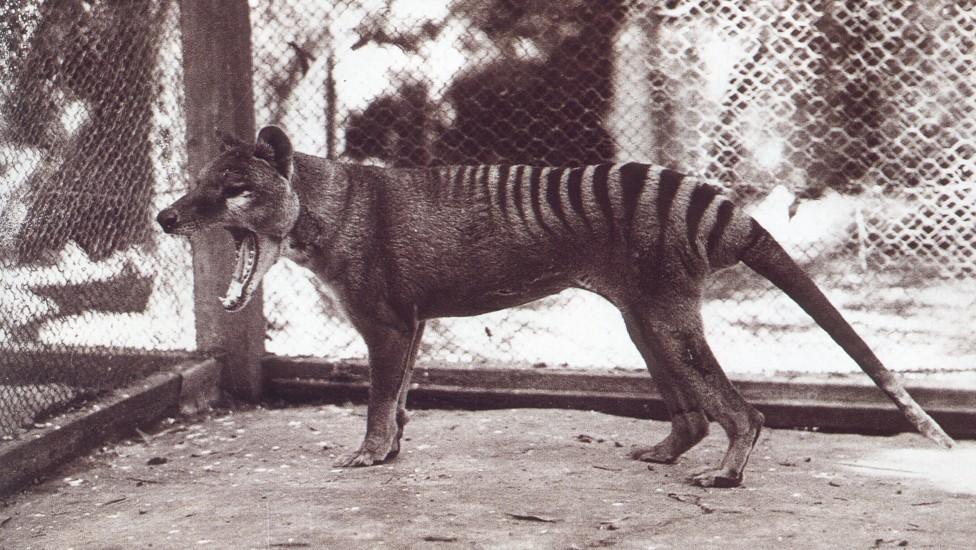
Photographer: Unknown. Source: etelive.org

